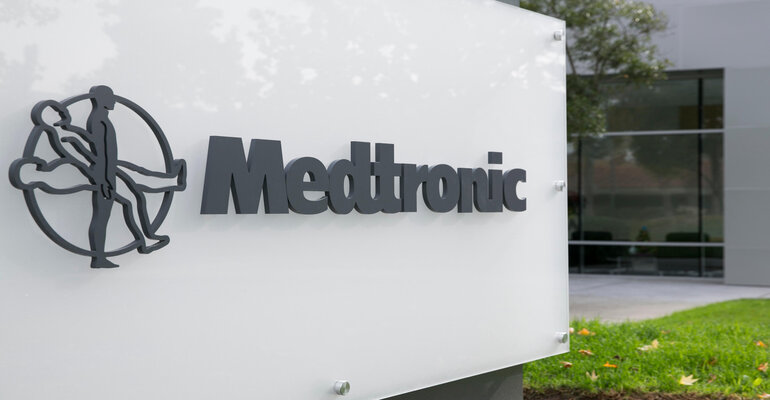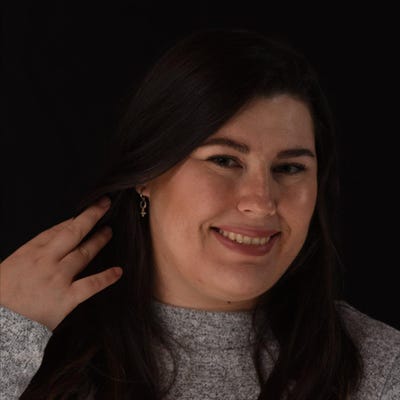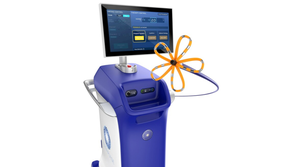Medtronic Cardiac Lead Nabs Expanded Labeling
The SelectSecure Model 3830 lead is now approved for pacing and sensing at the bundle of His or in the left bunch branch area.

Medtronic recently announced the FDA approval for expanded labeling of the SelectSecure MRI SureScan Model 3830 cardiac lead which taps into the hearts natural electrical system, giving patients needed therapy while avoiding potential complications sometimes seen with traditional pacing methods, like cardiomyopathy. This approach, commonly known as conduction system pacing, helps ensure that pacing closely mimics the hearts physiologic contractions, making sure the hearts ventricles are working in coordination.
"Conduction system pacing is more like simulating natural activation and can yield positive outcomes for patients," said Pugazhendhi Vijayaraman, MD, FHRS, director of electrophysiology at Geisinger Heart Institute in Wilkes-Barre, PA. "This approval signals to physicians that the Model 3830 lead is safe and effective for patients for conduction system pacing, and it may encourage more physicians to learn the procedure."
Originally approved in the United States for pacing and sensing in the atrium or right ventricle, the SelectSecure Model 3830 – a MR-conditional, steroid-eluting, bipolar lead – has more than 20 of proven performance and reliability, according to Medtronic. Now the cardia lead is approved for pacing and sensing at the bundle of His or in the left bunch branch area as an “alternative to apical pacing in the right ventricle in a single- or dual-chamber pacing system.” The lead received FDA approval for this indication based on real-world evidence showing high procedure success rates (92%) and low complication rates (2.5%).
The SelectSecure Model 3830 lead is now the first and only cardiac lead approved for conduction system pacing.
"Physicians are telling us about their excitement for the future of pacemakers, which will rely on conduction system and leadless pacing," said Robert C. Kowal, MD, PhD, general manager of cardiac pacing therapies at Medtronic. "Expanded labeling of this lead allows us to train physicians to successfully perform left bundle procedures, bringing the benefits of conduction system pacing to more patients."
About the Author(s)
You May Also Like




